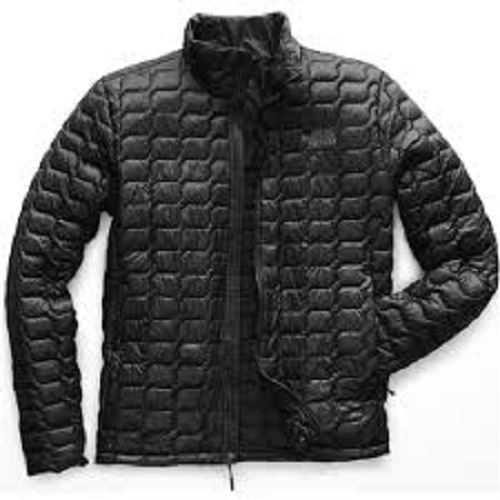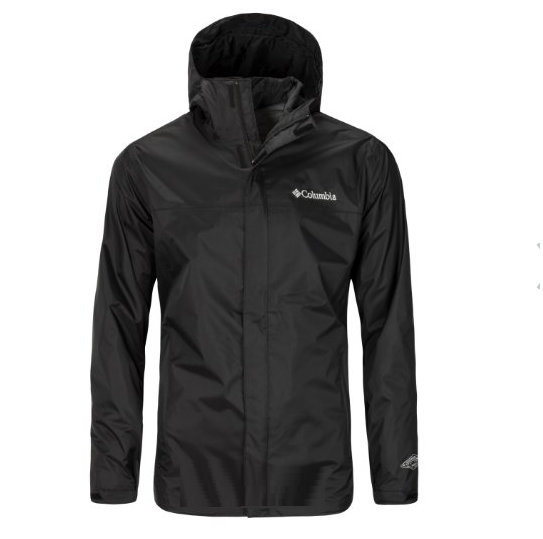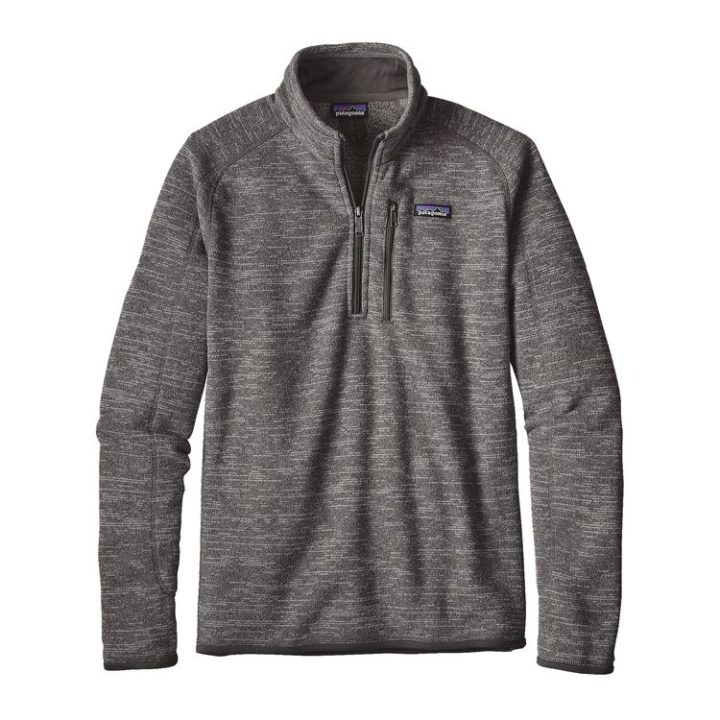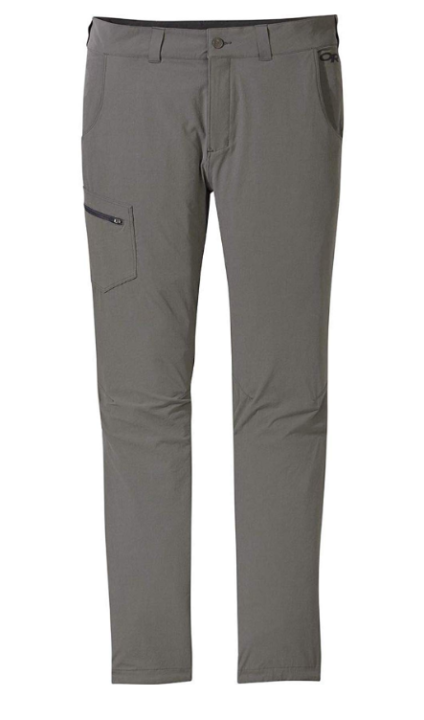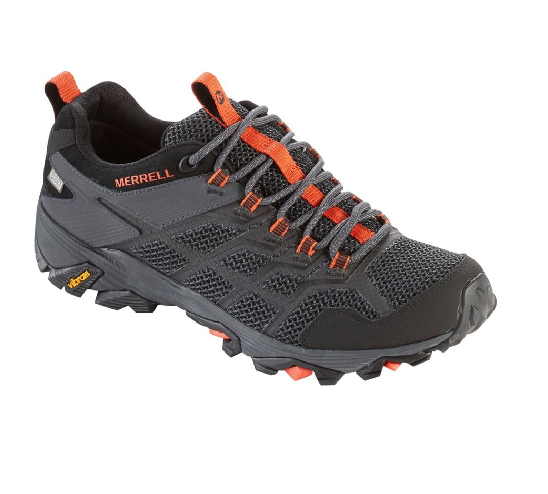What To Wear Hiking In The Fall
The key to staying comfortable, dry, and warm when hiking in the fall, or spending time outdoors, is layering. Layering is your friend. One of the challenges during the fall season is the rapid change of weather. Because of this, you can experience rapid changes in your body temperature that can lead to significant discomfort.
The rule of thumb is to wear quick-drying and moisture-wicking fabrics like nylon and polyester. As I wrote in this post here, try to avoid cotton and denim because they retain moisture. For maximum outdoor comfort in the fall season, you need clothes that will keep you insulated, but not hot.
Hiking through damp, windy, cold, and ever-changing weather patterns like Alaska is where you put layering to the test.
Dry Fit Shirt
Dry fit shirts are my number one travel, outdoor, leisure, camping, hiking in the fall, or hiking in general gear choice. As I wrote in this post ” What To Pack OnA Day Hike,” I love these things. They are cool enough to use as a stand-alone hiking shirt, but in fall and winter conditions, they act as an effective base layer. If you are exerting energy outside, no matter how cold it is, you are going to sweat even if you don’t feel like you are sweating.
The Dry-Fit shirt will wick away moisture from your body, so your sweat does not lay on top of your skin and turn you cold. Once the moisture wicks away from your body, the shirt ” drys out” the moisture, hence the name ” dry fit.” Unlike cotton, that will absorb your sweat and dry slowly, and that moisture will turn into cold water on your skin, a dry-fit shirt will not do that. This could lead to hypothermia.
Dry fit shirts can be picked up anywhere for about $10 each. They come in long sleeves as well.
Dry fit pants ( only on sub 30 degree days for me )
The dry-fit pants serve the same function as the dry-fit shirt and are excellent to use as a base layer on those chilly days when hiking in the fall. I don’t wear dry-fit pants unless I foresee the temperature dropping below 30 degrees. That is just a personal preference. For some reason, my legs never seem to get cold no matter what the temperature is outside or if they do get cold, I don’t realize it. Cold for me starts in my torso. As long as my torso is warm, so am I, but not everyone is like that. If you like comfy warm legs get a pair of these.
Fleece Sweater-Rain Jacket-Puffer Coat
My next layer consists of the following, a fleece sweater, a rain jacket, and a puffer coat. I listed all three of these items together because I tend to mix and match depending on the weather. It has to be pretty cold for me to wear all three at the same time, like 30 degrees or lower. Since I live in Southern Calfornia, it doesn’t drop below 35 very often, nor does it rain much. So I start with my base layer ( dry-fit shirt ), and I throw my fleece sweater on over top of it. If I get too hot, I remove the fleece and wear only the dry-fit shirt until I start to cool down, then I put the fleece back on. If it gets colder, I use my raincoat as a windbreaker. I know you can now purchase specific wind jackets and wind pants, but so far, this does the trick.
Sometimes I will ditch the raincoat in favor of the puffer jacket, but that combo in my climate is too hot for me. I can also abandon the fleece sweater and the raincoat and wear my puffer coat over my base layer. So I have a lot of options. If it gets frigid or I am not as active, like sitting around camp at night, I wear the fleece first, rain jacket over that, and puffer coat last. This combo has kept me comfortable in 60-degree weather and 10 degree chilly nights in the Siera Nevada
Battle-tested. It is surprising how successful layering can make you comfortable. Here I am in the Arctic where temperatures were -20 degrees and I was comfy all day exposed to the elements. My layering for this trip was the base layer, the fleece sweater, the rainjacket, and I opted for a softshell jacket over the puffer coat. I did this because the tour provided a pair of parka overalls and the softshell jacket felt better. The key here was using the soft shell and the rain jacket as protection from the wind. That wind was evil.
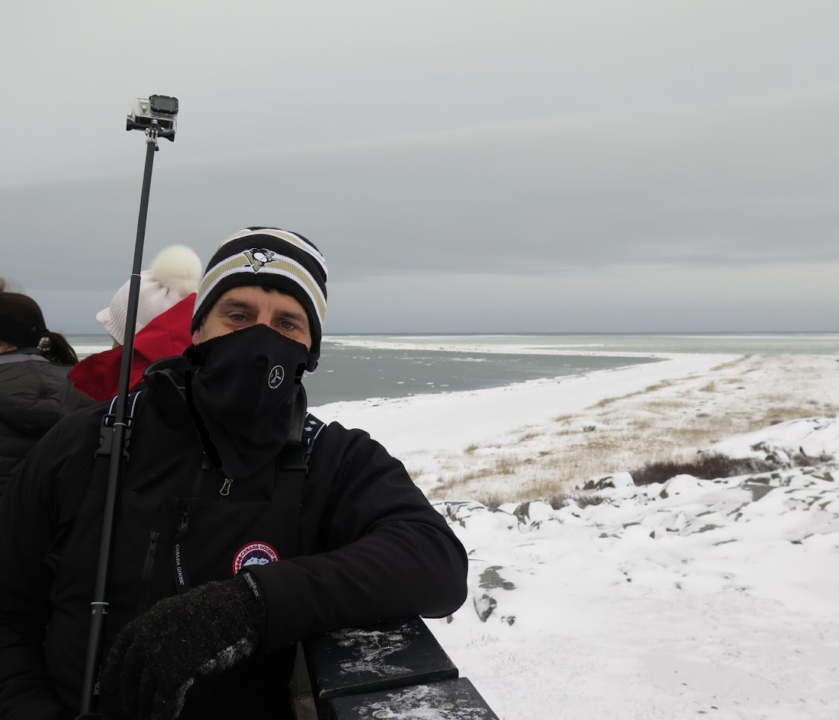
Insulated vest
I’m not a vest fan and don’t use one but maybe you are. Vests are great for those that want a warm torso but like to have cool arm and or armpits. If I were to wear one I would wear this one
Pants
I use the same pants for all four seasons of hiking, my trusty Wrangler hiking pants. These things have been so durable and comfortable. Of course, they are no Kuhl or North face quality, but they didn’t cost 80 dollars either. At about 17 bucks a pair, it’s hard to beat the bombproof value of these pants. If Wrangler is not your thing, just about any pair of hiking pants will do. If you want a little extra protection, choose a hiking pant with a wind reflective outer shell.
Socks
Nothing fancy for me here if it’s chilly I will use a nice pair of wool socks. I don’t think you need to get clever.
Successful layering can have you feeling comfortable in chilly mornings, hot afternoons, and cool nights.

Shoes
I have stayed true many years to my Merrell Moab shoes, and why wouldn’t I. After hiking several thousands of miles in all types of conditions, I’m just now on my 3rd pair of these things. They are very durable. I mentioned in this post here that I don’t think it’s necessary to go the waterproof route. If you step in a stream, your feet are getting wet period, unless you are wearing rubber boots or something of the sort. When that happens, waterproof boots or shoes will not dry as fast, and they will trap in that moldy smell inside the shoe. If you feel that you have to have waterproof footwear, Merrell, as well as most other shoe companies make their hiking shoes in waterproof versions.
If you foresee having to cross many streames, buy a pair of these rubber boots, you can slide over your hiking footwear. I picked up a pair of these when I went to Alaska.
Merrell Moab in action. These are great shoes. Along with standard hiking pants and a long sleeve dry-fit shirt Im good to go for 40 degrees and above.
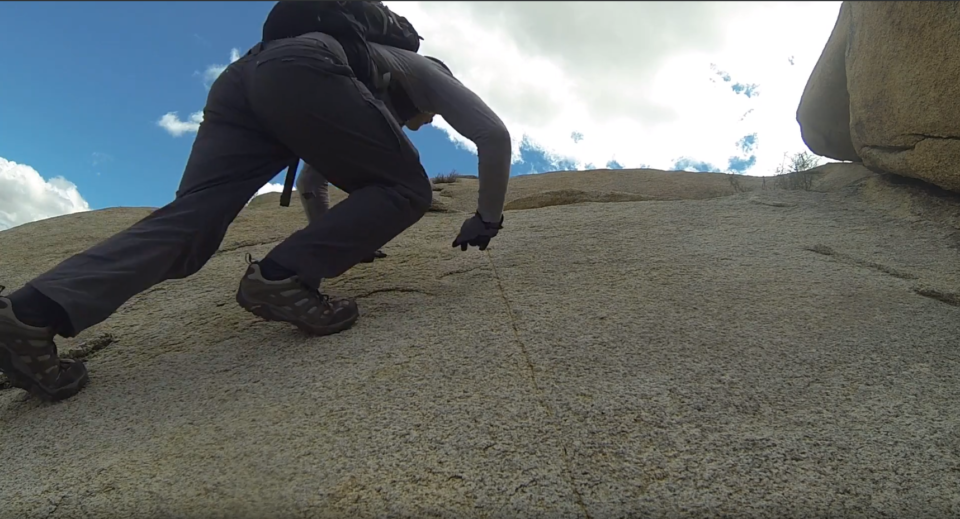
Hat
I usually wear a baseball cap when I hike, and I do that to keep ticks out of my head and the sun out of my eyes. Sometimes when it is cold, I will switch to a standard beanie. You could make the case that most beanies are made of cotton and could absorb sweat like a cotton shirt. If that be the case they do make down and synthetic down beanies, but I have yet to try one
Standard Beanie

Down. Synthetic Beanie


Gloves
I always wear a pair of thin gloves on all my hikes. I do this because I’m always touching things in the wilderness that I shouldn’t be. Like weeds, brush, flowers, cacti, plants, rocks, trees, and artifacts I find on the ground. It’s a bad habit. The problem is I am allergic to some plants, and I’m not sure which ones they are, so I got tired of having bumps, rashes, and swelling on my hands after every hike. As for hiking in the fall and cold weather, I have a pair of wool gloves like the ones below. I am also wearing these gloves in the arctic picture above. They do the job perfectly
When its all said and done this is all the gear I need to handle zero to one hundred degrees. Well, except for the pants, I will need those
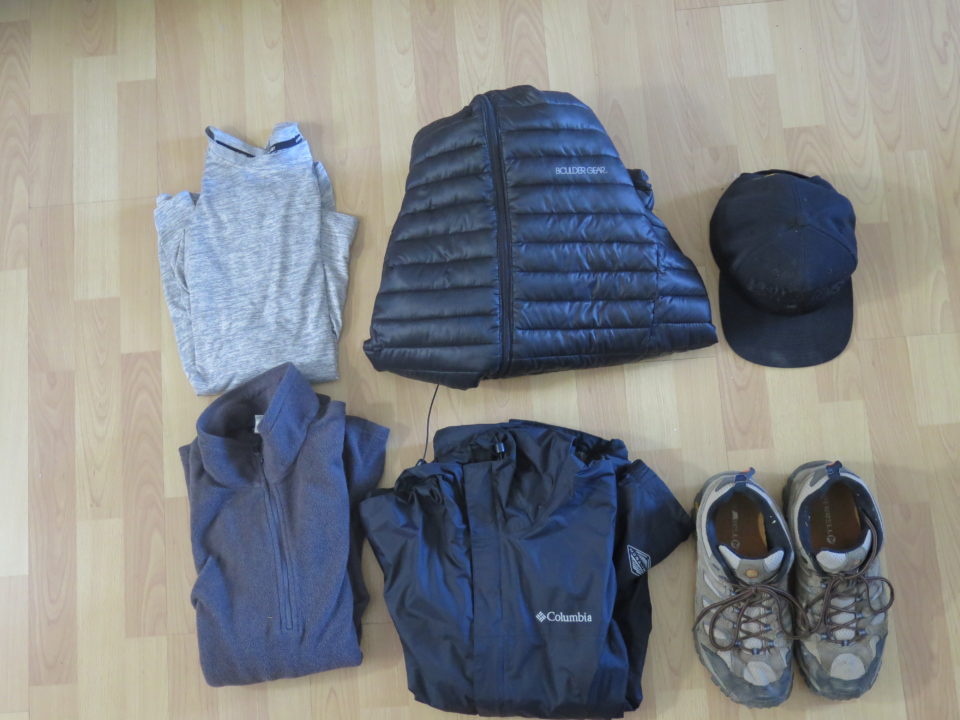
Hot pack
I don’t use these much, but sometimes the weather gets to us, for those times where I’m incredibly irritated about the weather, and I am a sissy about it, I will use a hot pack. The truth is these are pretty cool. You break them open, and you have instant heat. You can put them in your shirt, shoes, gloves, and even your sleeping bag for a nice jolt of warmth. It’s a comfort item and a handy one at that.
Remember, it takes time, and a few boo-boos, to dial in your apparel. If you are going to spend a lot of time outdoors hiking in the fall, it pays to invest in the right gear. Also, if in doubt what equipment will for best, you can always test out your equipment by standing outside in it for a few minutes. I do this a lot with rain gear. Since we don’t see much rain in Southern California when we do get a cold, windy, or rainy days, I will test out new gear by putting it on and then walking around the block a few times. That way, I will have an idea of how it works if I need to use it outdoors.
Did I leave anything out? Have a suggestion? Feel free to leave it in the comments below.
ELIMINATE HIKING MISTAKES WITH MY FREE GUIDE ” WHAT TO PACK ON YOUR DAY HIKE “
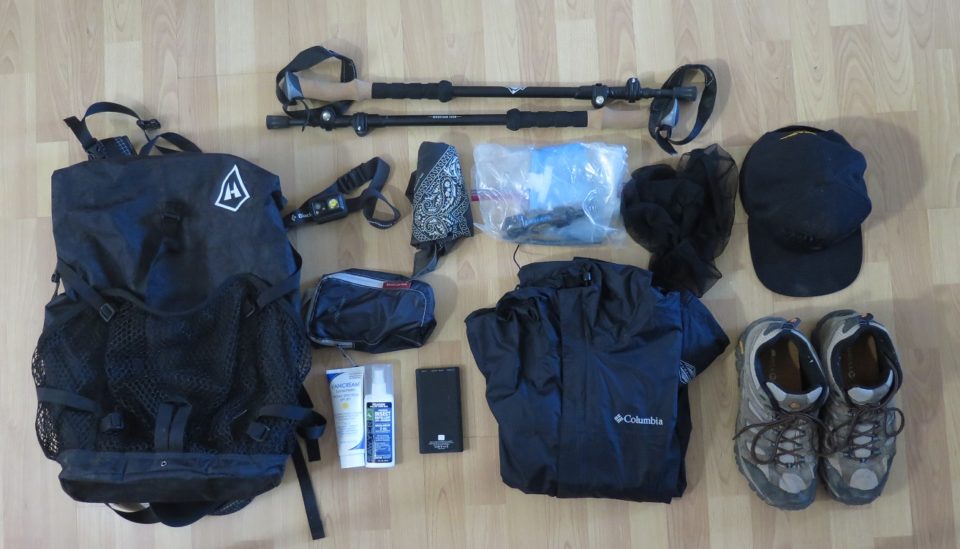
Click here




